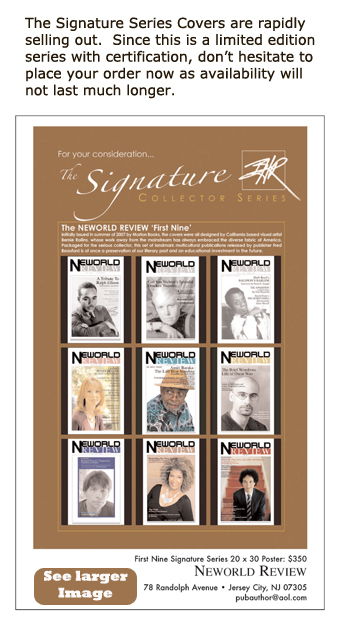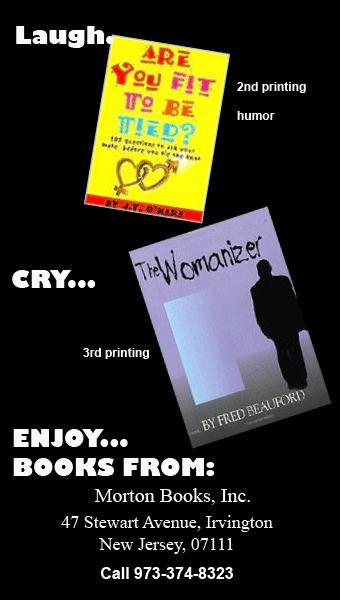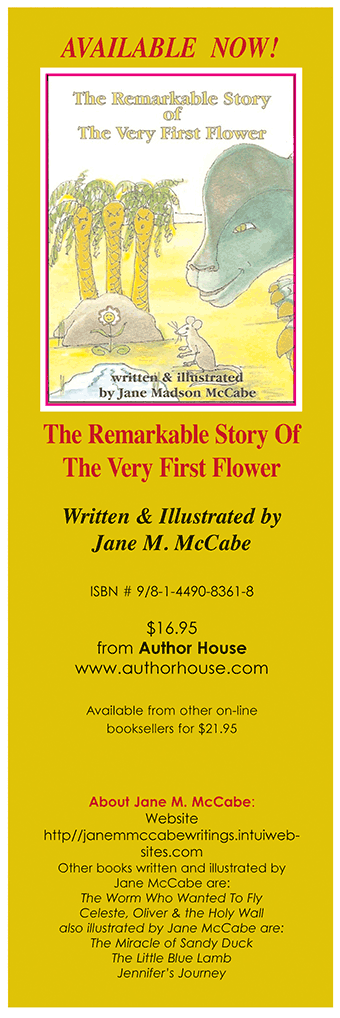REVIEWING
The House of Wisdom
How Arabic Science Saved Ancient Knowledge and Gave Us the Renaissance
by Jim al-Khalili
The Penguin Press, New York | 2011
Reviewed by Jane M. McCabe
To counter the claim that they’ve fallen behind Western nations in science and technology, Muslim intellectuals say this wasn’t always so, that, in fact, during the 9th, 10th & 11th Centuries AD, the Abbasid Caliphate of Baghdad was the most advanced civilization in the world. Because Arab scholars of this time translated the works of Aristotle, Galen, Ptolemy and Euclid from Greek into Arabic, they in effect saved these ancient texts so that during the 14th, 15th, & 16th Centuries they could be re-translated into Latin in Spain and Italy, thus inspiring the Renaissance and the birth of scientific inquiry in the West, the engine that drove West’s dramatic technological advance.
Jim al-Khalili, a theoretical nuclear physicist at the University of Surrey in England, is an Iraqi—his father is a Shi’a Muslim of Persian descent and his mother is British. He grew up in Baghdad; though he hasn’t lived there since 1979, it formed his sensibility. As a Western-educated scholar and scientist yet a Persian, he is well-suited to describe this process in detail.
We are indebted to the Greeks who lived centuries before the birth of Christ for giving us the foundation of our philosophic and scientific understanding of the world. Aristotle, perhaps the most influential of Greek philosophers, lived in the 4th Century BC, was a student of Plato and the teacher of Alexander the Great (who in turn brought Greek culture to Persia when he conquered it in 330 BC.)
His writings cover many subjects—physics, metaphysics, poetry, theater, music, logic, rhetoric, linguistics, politics, government, ethics, biology, and zoology. They were the first to create a comprehensive system of philosophy, encompassing morality and aesthetics, logic and science, politics and metaphysics.
Euclid was a Greek mathematician, often referred to as the "Father of Geometry." He was active in Alexandria during the reign of Ptolemy I (323–283 BCafter the death of Alexander the Great.) His Elements is one of the most influential works in the history of mathematics, serving as the main textbook for teaching mathematics (especially geometry) from the time of its publication until the late 19th or early 20th centuries.
Galen was a prominent Roman physician, surgeon and philosopher. Arguably the most accomplished of all medical researchers of antiquity, Galen contributed greatly to our understanding of anatomy, physiology, pathology, pharmacology, and neurology, as well as philosophy, and logic.
Ptolemy was the author of several scientific treatises, at least three of which were of continuing importance to later Islamic and European science. The first is the astronomical treatise now known as the Almagest or "The Great Treatise,” the second is the Geography, a thorough discussion of the geographic knowledge of the Greco-Roman world. The third is an astrological treatise in which he attempted to adapt astrology to the Aristotelian natural philosophy of his day.
This is a sampling of the works that might have been lost had they not been translated into Arabic by the scholars of 9th Century Baghdad.
A little background is here in order. A book to which I refer to again and again regarding Islamic history is Robert Payne’s, The History of Islam. After the prophet Mohammad died in Medina in 632 AD, war concerning his succession broke out among his followers, causing a schism that exists in Islam to this day. Sunnis claimed succession should be democratic whereas the Shi’a claimed it should be according to lineage.
The first caliphate to be established outside Arabia was the Sunni Umayyad Caliphate of Damascus, which governed the Muslim world from 661 to 750 AD, when it was overthrown by the Shi’a Abbasids, who built their capital in Baghdad.
Dr. Khalili informs us that during the reign of al-Mamun, the son of Harun al-Rashid, the “Translation movement” began. Inspired by the Koranic injunction to study all of God’s works, scholars were funded to gather Persian, Sanskrit and Greek texts and to translate them into Arabic, the language of the Koran.
”The House of Wisdom” was the academy built by al-Mamun in 9th Century in Baghdad to house scholars and further translation activities and experiments. (It was destroyed when the Mongols conquered Baghdad in 1268 AD but by then had operated then for nearly four centuries.) Scholars built on Greek and Indian foundations to continue investigations on their own, thereby furthering knowledge in their disciplines.
Many of the innovations that we think of as hallmarks of Western science were actually the result of the ingenuity of those medieval scholars.
Arab astronomers developed the mathematics used by Copernicus in his heliocentric model of the solar system. Arab physicians described blood circulation and the inner workings of the eye before Europeans solved these mysteries, and they laid the foundation for Newton’s theories of optics and gravity.
According to Dr. Khalili, the father of “the scientific method” was in fact an Iraqi physicist, al-Razi, who applied it centuries before the Europeans.
Dr. Khalili records that not long before returning to Baghdad to undertake the rule of the kingdom al-Mamun had a dream in which he saw a man with a reddish white complexion, a high forehead with bushy eyebrows, a bald head and blue eyes, who said he was Aristotle. Al-Mamun asked him, “What is good?” Aristotle replied, “Whatever is good is according to the intellect,” thus granting al-Mamun permission to satisfy his craving for knowledge.
Dr. Khalili singles out various Arab scientists for special attention giving a chapter to each of them:
“The Lonely Alchemist” is Geber the Alchemist. His real name was Jabir ibn Hayyan (721-815 AD), from whom we get the name for the mathematical discipline of algebra and the word “gibberish.”
Chemistry is the study of the properties of various elements and combinations therein. Applied chemistry finds uses in manufacture, as, for example, in the manufacture of soap. (Islam requires that Muslims wash before praying five times a day, so cleanliness is a religious requirement.) Chemicals developed by Arabs improved the manufacture of soap.
Agricultural innovations devised by Arabs are numerous—irrigation, wind- and water wheels, the tree grafting to create new fruits, like tangerines—these things were brought to Spain and from there to the New World.
Things we take for granted like zero as a number and decimal fractions that make use of a decimal point took centuries, even millennium, to devise. They were brought to fruition by Arab scientists.
“The Philosopher,” or Ya’qub ibn Ishaq al-Kindi (800-873 AD) employed the beliefs of the Mu’tazili, a group of intellectuals from Bras-a who embraced a rationalist scientific world-view.
This is a bit of an aside but I believe relevant. During the 1970’s when I was living in San Francisco I experienced many of the offerings of the Human Potential Movement. Following that I attended Luther Seminary in St. Paul, Minnesota. I was worried that now that I had returned to the faith of my youth, I should disavow the things I had learned during my previous incarnation.
I remember exactly where I was standing when I had this illumination: “Accept the truth wherever you find it.”
Al-Kindi seems to be saying the same thing: “We ought not to be embarrassed about appreciating the truth and obtaining it wherever it comes from, even if it comes from races distant and nations different from us. Nothing should be dearer to the seeker of truth than the truth itself, and there is no deterioration of the truth, nor belittling either of one who speaks it or conveys it.”
“The Medic,” or al-Razi (b. 854 AD) aided in the building of hospitals. His book Why People Prefer Quacks and Charlatans to Skilled Physicians sounds rather modern. Al-Razi synthesized all known medicine by sorting and categorizing it into different areas, from eye diseases to gastro-intestinal complaints, from dietary advice to case studies.
I’ve touched on but a few Islamic scientists and scholars of the time, enough I hope to convince you of their importance. I have by no means exhausted the list.
Andalusia, southern Spain under Islamic rule from the 8th to the 14th Centuries, was an important conduit for the reception of Arabic texts to be retranslated into Latin and thus made available to Europeans.
Copernicus used the mathematical tricks developed by the Maragha School in 11th Century Isfahan to arrive at his final heliocentric model.
It’s reassuring to acknowledge that the scientific community is made up scientists from different times from all over the world, men and women who adhere to a belief in the scientific method as means of ascertaining the truth of our physical universe. A goodly share of these were Islamic scholars.
Scientific progress is a continuum. The baton, so to speak, is passed beyond prejudices of race and religion from the scientists of one civilization to another. The giants of one time stand on the shoulders of those who have gone before and build upon what others have discovered.
Dr. al-Khalili believes the scientific inquiry is at the heart of a civilized and enlightened society. He laments in the last chapter of this finely written and informative book that “in comparison with the West, the Islamic world still seems somewhat disengaged from modern science.”
I suspect this book was in production when what is now referred to as “the Arab Spring” commenced in Tunisia in January of this year and quickly spread to Egypt, Libya, Yemen, and Syria. Demonstrations have been renewed in Iran.
Revolts across the Middle East are fueled by young Muslims with access to the Internet and computer technology who want to claim their place in the modern world.
Western technology, especially in its latest manifestations of iPods, smart phones, Facebook and Twitter have proven irresistible not only to Western youth but to the youth of the Middle East. They are eager to jettison their anachronistic dictators, the dinosaurs of the past, and to move forward.
What jihadists and propaganda could not do, western technology has done. There’s no stopping these people, however difficult it is for them, from becoming part of the world and the modern, scientific community. Dr. al-Khalili must be pleased.




